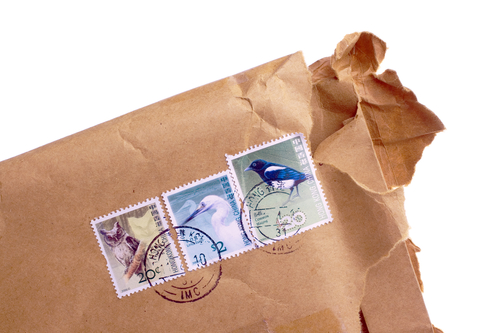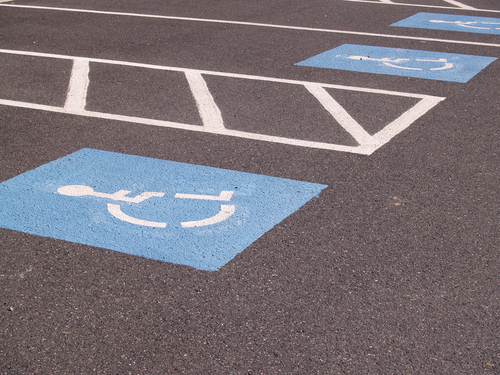A Guide to the Executive Office for Immigration Review
 What is the Executive Office for Immigration Review (EOIR)?
What is the Executive Office for Immigration Review (EOIR)?
The Executive Office for Immigration Review is a Federal agency responsible for the administration and oversight of legality and legal review of circumstances concerning immigration affairs; the EIOR undertakes immigration case review under the jurisdiction of the United States Department of Justice (USDOJ), which is the Federal Agency also responsible for the administration and oversight of the EIOR; the USDOJ undertakes all manners of criminal activity existing on a national level, which includes crimes occurring on both foreign and interstate levels. Amongst the most common immigration cases overseen by the EIOR, appellate and criminal hearings are reported as occurring the most frequently.
Executive Office for Immigration Review Quick Facts
The following details outline the administration of the Executive Office for Immigration Review:
The EOIR was founded on January 9th, 1983; the creation of the EIOR was a conglomerate effort, serving to reinforce the duties of the Immigration Naturalization Service (INA) – which is now defunct, and the Board of Immigration Appeals (BIA)
The EIOR works closely with the United States Citizenship and Immigration Services Bureau, which serves as the replacement agency for the INA
The headquarters of the EOIR are located in Washington, D.C.
The director of the EOIR is Juan P. Osuna
Government agencies are defined as organizations, councils, and offices operating under the jurisdiction of the Federal Government of the United States of America. The Executive Office for Immigration Review functions as a government agency under the Executive Branch of the United States government, which is comprised of 3 total branches
Agencies Associated with the Executive Office for Immigration Review
Government agencies are defined as organizations, councils, and offices operating under the jurisdiction of the Federal Government of the United States of America; each federal agency retains specific administrative jurisdiction over specific facets latent within the operations of the United States Government:
The Office of the Chief Administrative Hearing Officer (OCAHO)
The Office of the Chief Administration Hearing Officer works in tandem with the EIOR as the primary administrator with regard to immigration hearings, which may range from criminal activity involving immigrants to the legal review of immigration petitions and appeals.
Board of Immigration Appeals (BIA)
The Board of Immigration Appeals serves as a Federal Appellate venue within which petitions and appeals hearings can be heard in order to receive judicial review or sentencing regarding individual matters and affairs concerning immigration.
Executive Office for Immigration Review Legality
Administrative Law is the legal field associated with events and circumstances in which the Federal Government of the United States engages its citizens, including the administration of government programs, the administration and operation of government agencies, and the establishment of a legal, regulatory federal standard. The Executive Office for Immigration Review can be contacted through the United States Department of Justice:
Executive Office for Immigration Review
c/o United States Department of Justice
950 Pennsylvania Avenue, NW
Washington, DC
20530
(202) 252-1000

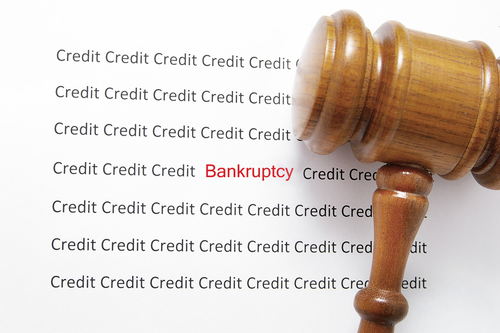
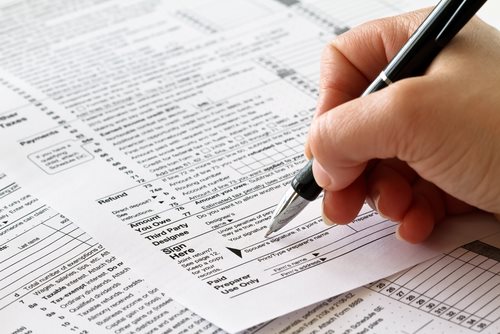
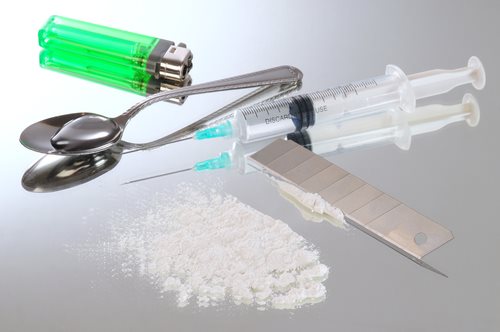 What is the Executive Office for Organized Crime Drug Enforcement Task Forces (OCDETF)?
What is the Executive Office for Organized Crime Drug Enforcement Task Forces (OCDETF)?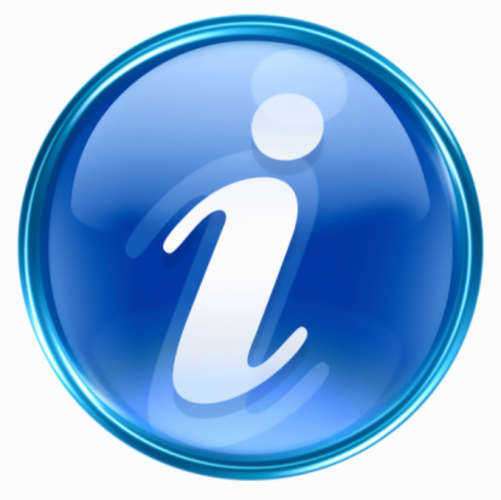 What is the Executive Office for United States Attorneys (EOUSA)?
What is the Executive Office for United States Attorneys (EOUSA)?
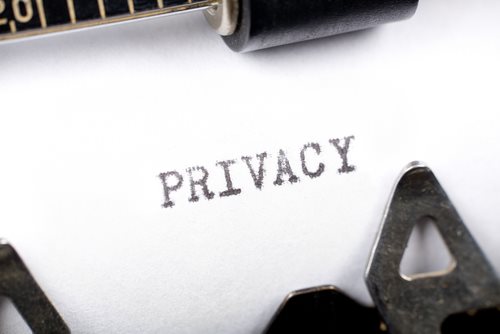 What is the Office of Privacy and Civil Liberties?
What is the Office of Privacy and Civil Liberties?



